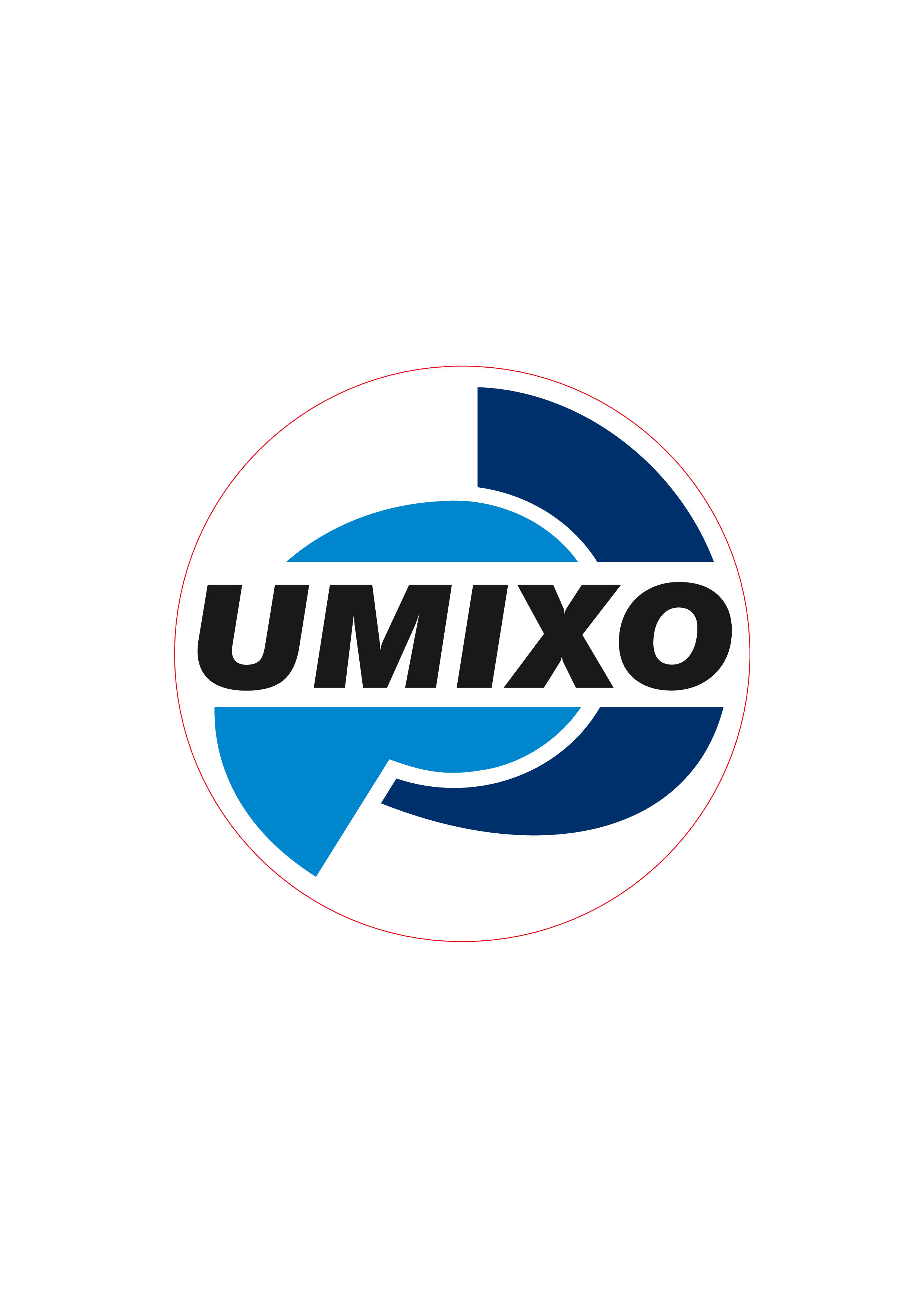RMC - Products
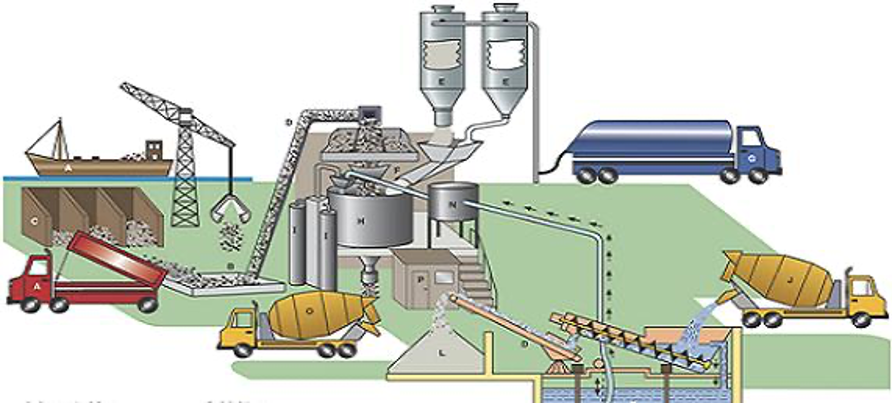
1. Ready Mix Concrete
The concrete that mix and bathed in a central mixing plant is called as ready-mix concrete. The mixed concrete is brought to the site with the help of a truck-mounted transit mixer. This once reached in the site can be used directly without any further treatment. The ready-mix concrete is very precise and specialty concrete can be developed based on the specification with utmost quality. The manufacture of these concrete will require a centralized mixing plant. These plants will be located at an adjustable distance from the construction site. If the transportation is too long then it will result in setting of concrete. Such issues of time delay are cope up with the use retarding agents that delays the setting.
2. Reinforced Concrete
The reinforced cement concrete is defined as the concrete to which reinforcement is introduced to bear the tensile strength. Plain concrete is weak in tension and good in compression. Hence the placement of reinforcement will take up the responsibility of bearing the tensile stresses. R.C.C works with the combined action of the plain concrete and the reinforcement. The steel reinforcement used in the concrete can be in the form of rods, bars or in the form of meshes. Now fibers are also developed as reinforcement. Fiber reinforced concrete are concrete that use fibers (steel fibers) as reinforcement for the concrete. Use of meshes in concrete will give ferrocement. Whatever be the type of reinforcement used in concrete, it is very necessary to ensure proper bond between the concrete and the reinforcement. This bond will control the strength and the durability factors of the concrete.
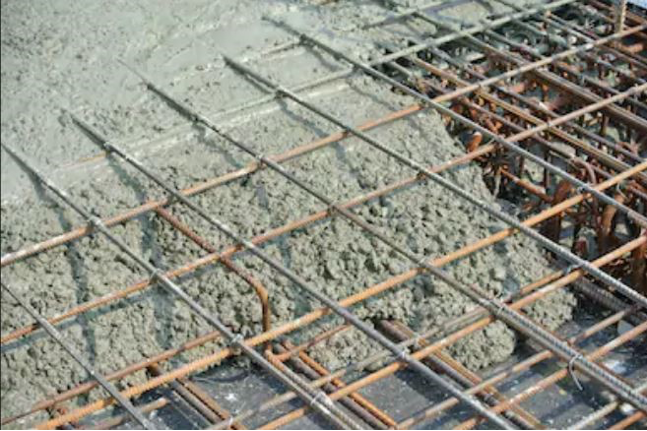
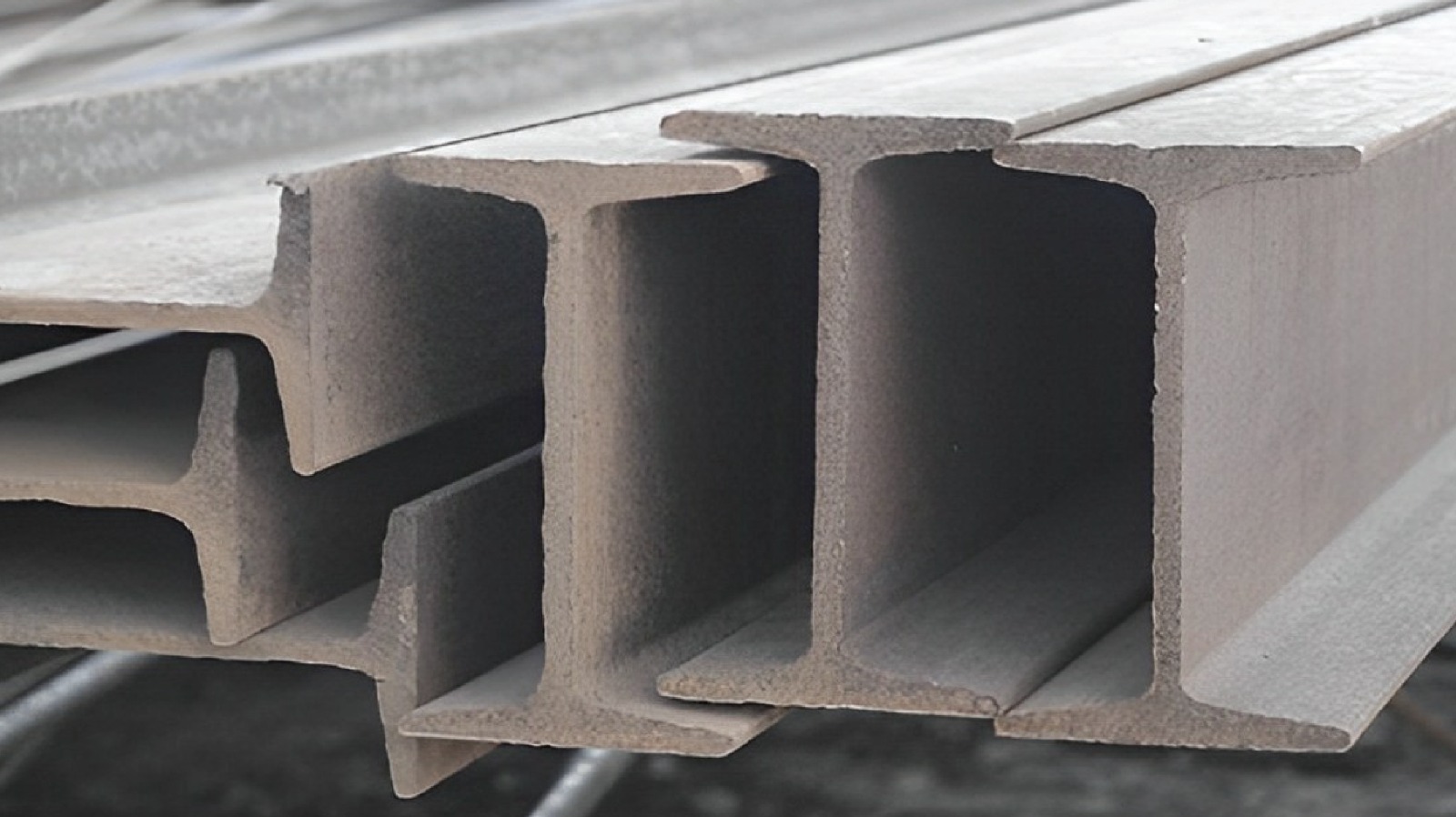
3. Prestressed Concrete
Most of the mega concrete projects are carried out through prestressed concrete units. This is a special technique in which the bars or the tendons used in the concrete is stressed before the actual service load application. During the mixing and the placing of the concrete, these tensioned bars placed firmly and held from each end of the structural unit. Once the concrete sets and harden, the structural unit will be put in compression. This phenomenon of prestressing will make the lower section of the concrete member to be stronger against the tension. The process of prestressing will require heavy equipment and labor skill (jacks and equipment for tensioning). Hence the prestressing units are made at site and assembled at site. These are used in the application of bridges, heavy loaded structures, and roof with longer spans.
4. Precast Concrete
Various structural elements can be made and cast in the factory as per the specifications and bought to the site at the time of assembly. Such concrete units are called as the precast concrete. The examples of precast concrete units are concrete blocks, the staircase units, precast walls and poles, concrete lintels and many other elements. These units have the advantage of acquiring speedy construction as only assemblage is necessary. As the manufacturing is done at site, quality is assured. The only precaution taken is for their transportation.
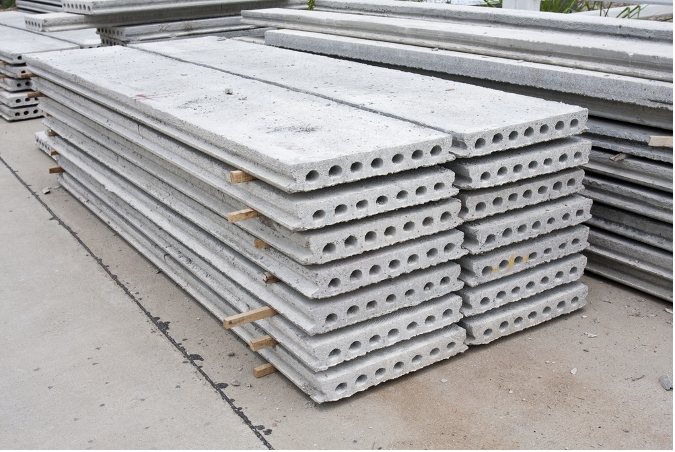
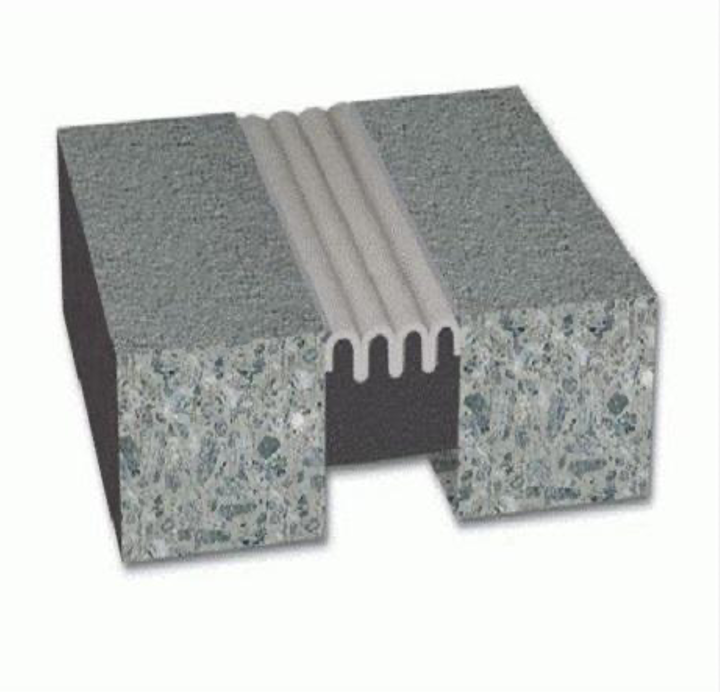
5. Polymer Concrete
When compared with the conventional concrete, in polymer concrete the aggregates will be bound with the polymer instead of cement. The production of polymer concrete will help in the reduction of volume of voids in the aggregate. This will hence reduce the amount of polymer that is necessary to bind the aggregates used. Hence the aggregates are graded and mixed accordingly to achieve minimum voids hence maximum density. This type of concrete has different categories:
- Polymer Impregnated Concrete
- Polymer cement concrete
- Partially Impregnated
6. Lightweight Concrete
Concrete that have a density lesser than 1920kg/m3 will be categorized as lightweight concrete. The use of lightweight aggregates in concrete design will give us lightweight aggregates. Aggregates are the important element that contributes to the density of the concrete. The examples of light weight aggregates are the pumice, perlites, and scoria. The light weight concrete is applied for the protection of the steel structures and are also used for the construction of the long span bridge decks. These are also used for the construction of the building blocks. Concrete that have a density lesser than 1920kg/m3 will be categorized as lightweight concrete. The use of lightweight aggregates in concrete design will give us lightweight aggregates. Aggregates are the important element that contributes to the density of the concrete. The examples of light weight aggregates are the pumice, perlites, and scoria. The light weight concrete is applied for the protection of the steel structures and are also used for the construction of the long span bridge decks. These are also used for the construction of the building blocks.
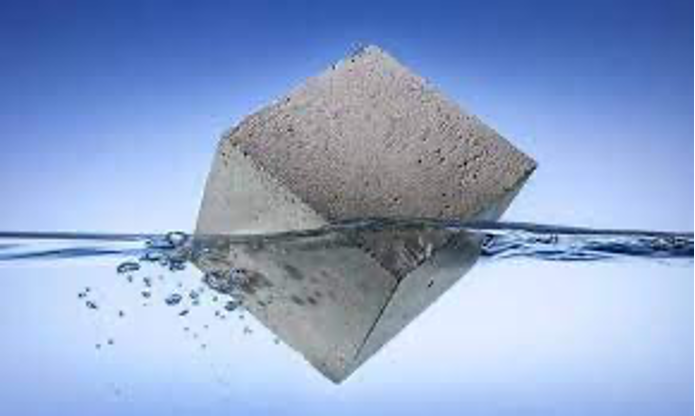
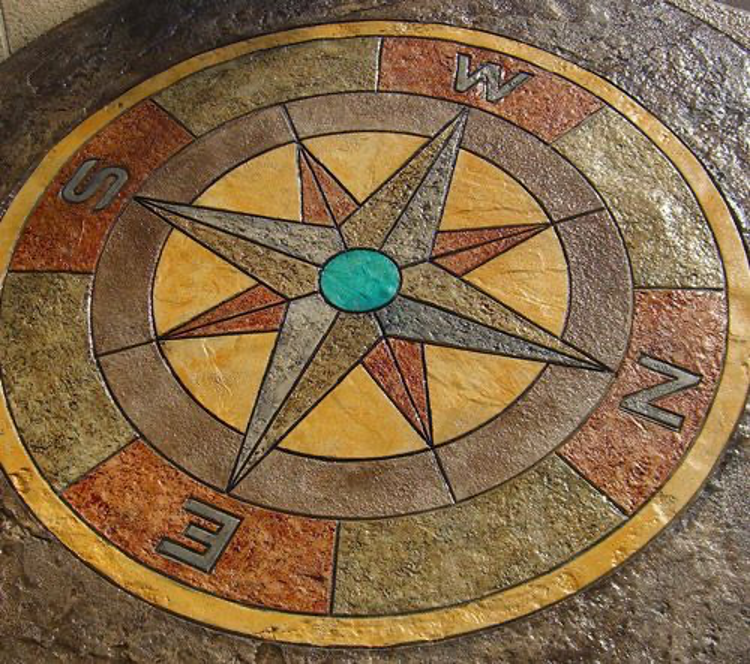
7. Stamped Concrete
Stamped concrete is an architectural concrete where realistic patterns similar to natural stones, granites, and tiles can be obtained by placing impression of professional stamping pads. These stamping is carried out on the concrete when it is in its plastic condition. Different coloring stains and texture work will finally give a finish that is very similar to costlier natural stones. A high aesthetic look can be obtained from a stamped finish economically. This is used in the construction of driveways, interior floors, and patios.
